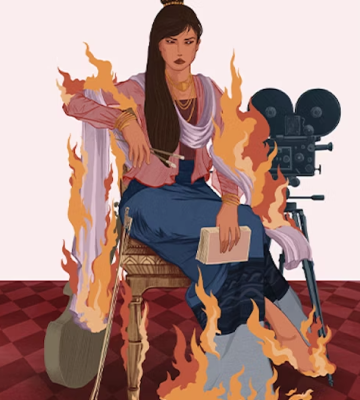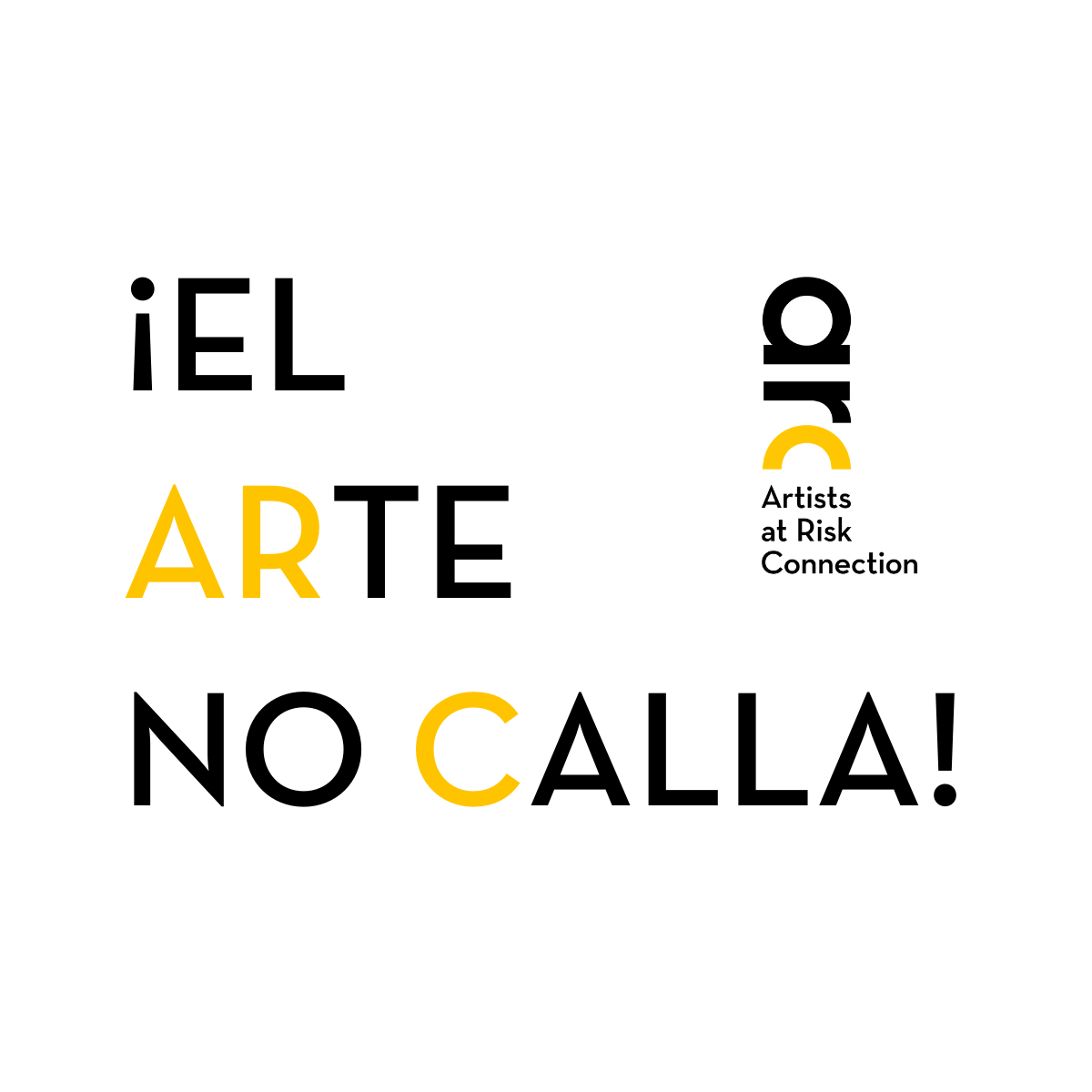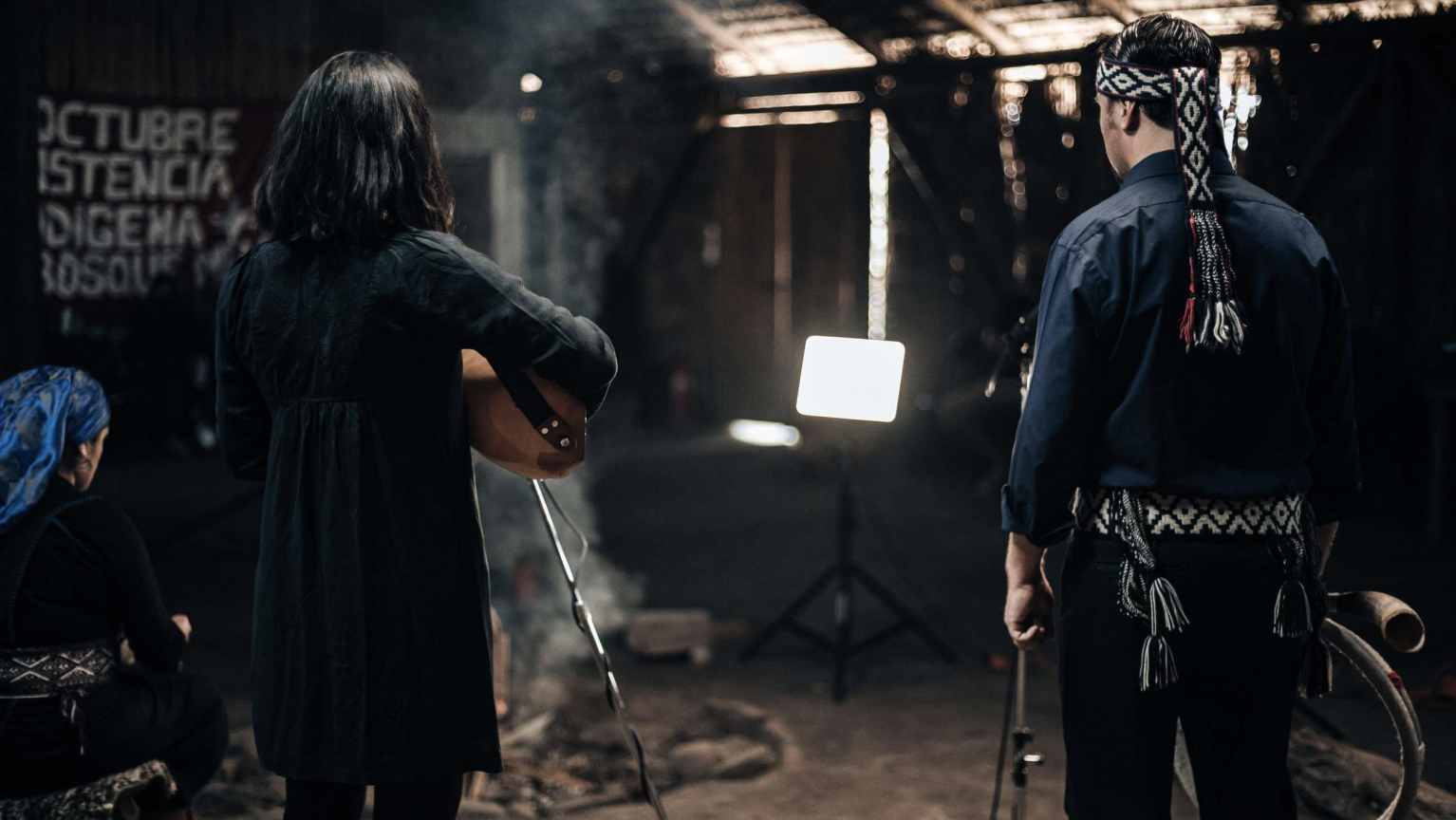Invisibility, Art and the Rage of the Unheard
Chile

Artists & Human Rights Defenders Reflect Upon Last Year’s Failure in Constitutional Renewal
Consulte este articulo en español aquí.
Chile has long been considered one of the oldest democracies in Latin America and among the most stable economies of the region, so it came as a shock—both to the world and to its leaders—when a massive social mobilization against the conservative status quo erupted in October 2019. Less than two years later, Chile shocks again, but this time it is the socially progressive forces that must reckon with the aftermath of a failed constitutional project that was posited as the future guarantor of an inclusive, just and free society.
What is happening in Chile? A question often answered throughout Chile’s history with: No pasó nada [Nothing has happened]. This phrase constitutes the title of award-winning Chilean author Antonio Skármeta’s novel about exile—written after the 1973 military coup that resulted in a two-decade-long interruption of Chile’s democracy. A close look at Chilean society, its history, and its cultural production depicts a counter response to negation: Se oía venir [You could hear it coming], as is titled a compilation of analyses on the music that “foretold” the 2019 social outburst. Highlighting the enduring role of the arts in Chilean politics during an interview with ARC, the historian Manuel Suzarte denominated the militant music of artists such as Inti-illimani and Quilapayún as “the soundtrack of resistance” during Augusto Pinochet’s authoritarian regime.
Chile’s reputation for stability and prosperity has often served to deflect criticism and muffle the opposition voices that denounce the country’s purported image of “democratic oasis.” These dissenting voices often manifest themselves through artistic expression, denouncing the legacy of dictatorship, the violence perpetrated by police, and the discrimination against immigrant and indigenous populations. These are the voices that “foretold” the broad social unrest of 2019. These are the voices that the country’s elites have refused to acknowledge.
m-block-quote m-block-quote–with-author “>
“There is a reality that is very different from the one we knew.”
Danny Rayman, Director of Acción Constitucional, in response to the rejection of the new constitution.
Within the first few months of the massive social mobilizations of 2019, the seeds of the 2022 Chilean constitutional referendum were planted: replacing the 1980 document drafted at the end of Pinochet’s regime was viewed as a solution to the issues feeding public anger. Sparked by a rise in the price of public transportation in Santiago, the protests spread quickly to other cities and expanded to include a wide range of pent up demands from a society plagued by deep socioeconomic inequality. From improving access to education, to denouncing the privatization of water, protesters’ demands confronted Chile’s hands-off approach to social security. In response, on November 15, 2019 (known as N15), a coalition of social and political actors issued a declaration calling for the creation of a new constitution that would answer the demands made on the streets.
For Waikil, an indigenous Mapuche rapper, art in its numerous forms not only served to transmit the collective rage of a society taken to the brink, but it also encouraged protestors who often faced violent repression from both the military and the militarized police (Carabineros). Academic institutions, such as the University of Chile, and non-governmental organizations (NGOs), such as Amnesty International, issued reports denouncing human rights violations perpetrated by Chile’s armed forces during the protests. In addition to the physical violence inflicted against protesters, state forces have also attempted to erase the memory of the mobilization by censoring artists—for instance by destroying mural art. Despite these efforts to silence, three years later activists continue to seek answers and justice for those who were injured and killed as well as for those who remain missing.

The militarized response to the 2019 protests reopens the historical wounds of the violence perpetrated during Chile’s notorious military dictatorship. General Augusto Pinochet’s dictatorship began in 1973 after he led a military coup and ousted the socialist-leaning, democratically-elected Salvador Allende. It is estimated that during the 17 years of Pinochet’s dictatorship, at least 40,000 individuals were tortured and kidnapped, and of those, at least 3,000 were killed, including many artists and intellectuals. One infamous act that symbolizes the brutality of the regime was the torture and murder of the folk musician Victor Jara at the former “Chile Stadium” in Santiago, where his executioners sought to forever silence his song.
A national plebiscite, along with the changing tides of geopolitics, brought the military dictatorship to an end in 1990. As a collective traumatic event, its fractures continue to run deeply through Chilean society. While victims continue to be haunted by the traumas of torture and loss, others credit Pinochet’s government for bringing economic prosperity to the country. In addition to the social tensions created by differing historical narratives, the legacy of the dictatorship continues to be present in Chile’s democratic institutions. It is for this reason that the country’s current constitution, also dubbed “Pinochet’s constitution,” sparks challenges and debate.
Among the signatories of the N15 declaration to replace “Pinochet’s constitution,” is Chile’s current, and youngest, president, Gabriel Boric. Elected on December 19, 2021, Boric not only represented new hopes after years of civil discontent, but his past as a student leader in social mobilizations and his progressive agenda gave him legitimacy.
As a promising flagship project, Boric’s government propelled a participatory, citizen-led process to draft a new constitution free of the current’s “authoritarian enclaves” that have made it nearly impossible to address protestors’ demands for improved social security. In an interview with ARC, Danny Rayman, director of the NGO Acción Constitucional, noted that the drafting process was “highly innovative, as it encapsulated economic, social, cultural and environmental rights, in addition to civil and political rights […] taking into account new conceptions of technology and natural resources.”

To the shock of many Chileans and the world, in October 2022, Boric’s new constitution was rejected by nearly 62% of the population through a mandatory popular referendum. Months after the victory of the Rechazo [Reject] side, the proponents of the Apruebo [Approve] campaign are still trying to comprehend why their efforts to promote the new constitution failed. The Apruebo campaign rallied hundreds of thousands through campaigning, public engagement and artistic performances. Many artists and artistic institutions, such Galeria CIMA in collaboration with Acción Constitucional, performed, created and advocated in favor of the new constitution. Yet in the wake of the results, the historian Manuel Suzarte has put forth the question: is it time to renew the cultural repertory of social activism in Chile? The rapper Waikil hinted at a similar issue, highlighting that the same artistic strategies from Boric’s campaign had been recycled in the constitutional referendum—the same voices, the same faces.
In perpetuating the same voices and the same faces, the campaign failed to reach and mobilize segments of Chilean society. It failed to even ensure access to copies of the new constitutions across rural areas, particularly among historically-marginalized indigenous communities. Chile is a highly centralized and unequal society, which means that access to information is often uneven. Danny Rayman explained that while the process for a new constitution “was born from a multitude of voices, those same ones present on the walls, streets and social mobilizations,” this process also represented an effort to “redirect [the popular demands] via an institutional route” through a declaration or agreement that “did not necessarily capture all demands.” According to Rayman, “there are voices that essentially were never in agreement with this process, due to how it emerged from the [N15] institutional declaration.”
“We don’t need the new Constitution to validate us as Mapuche, or to recognize us as more or less Mapuche.”
— Zapata, musician from Pukutriñuke








